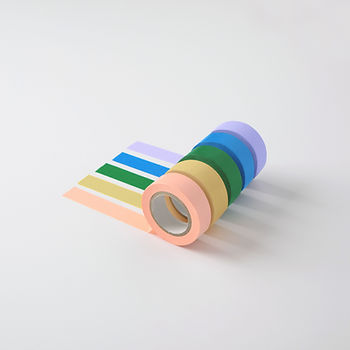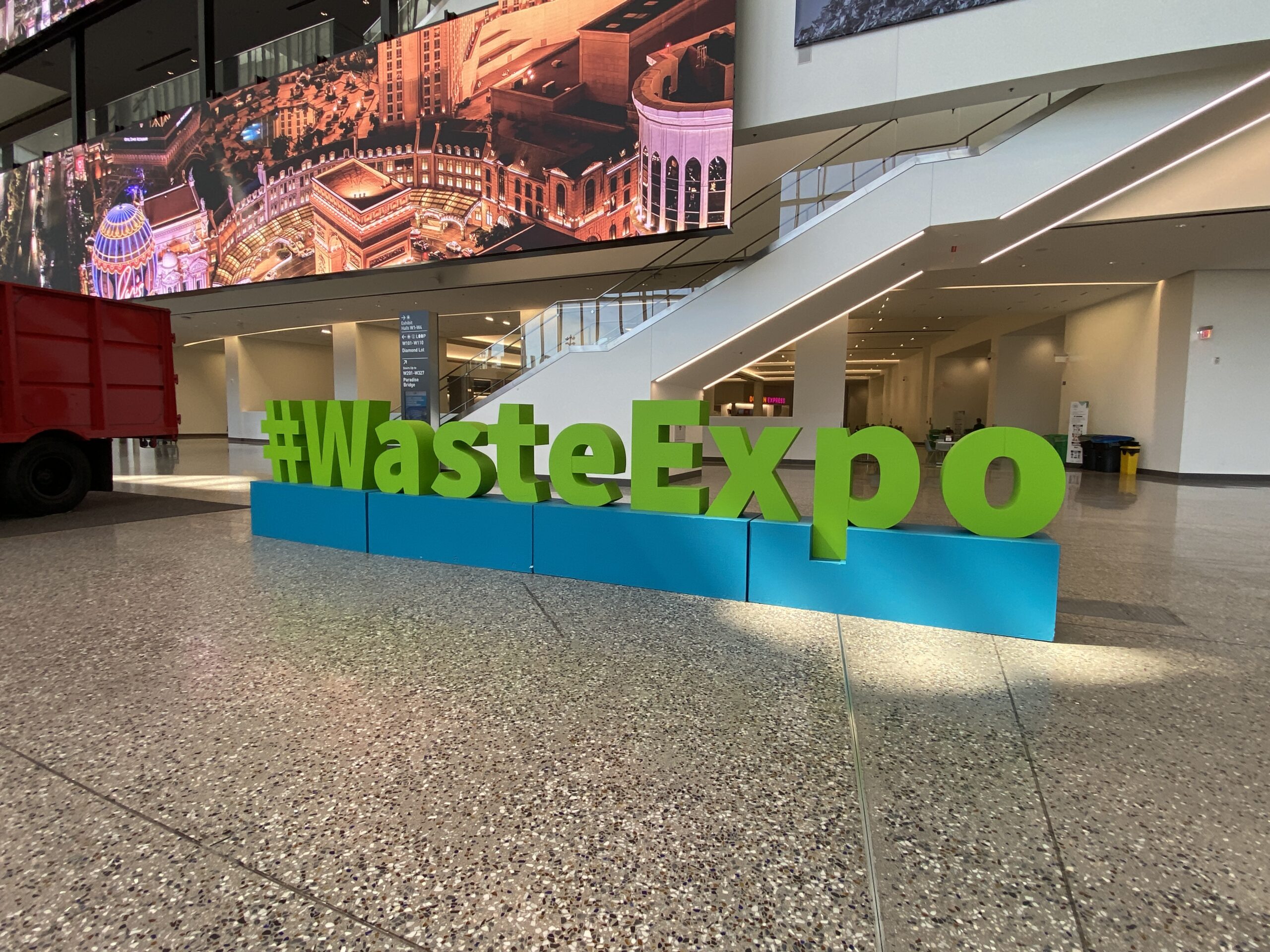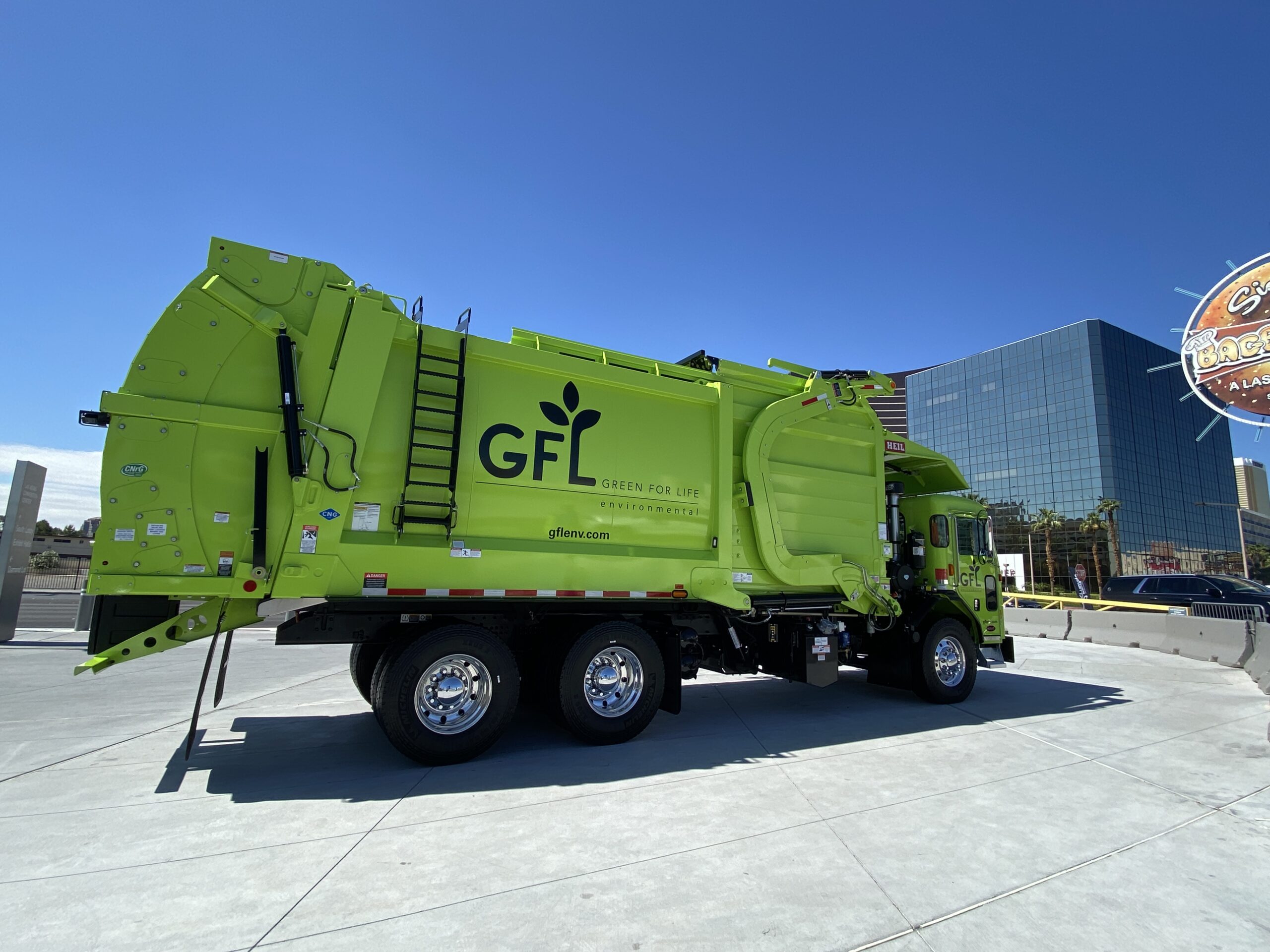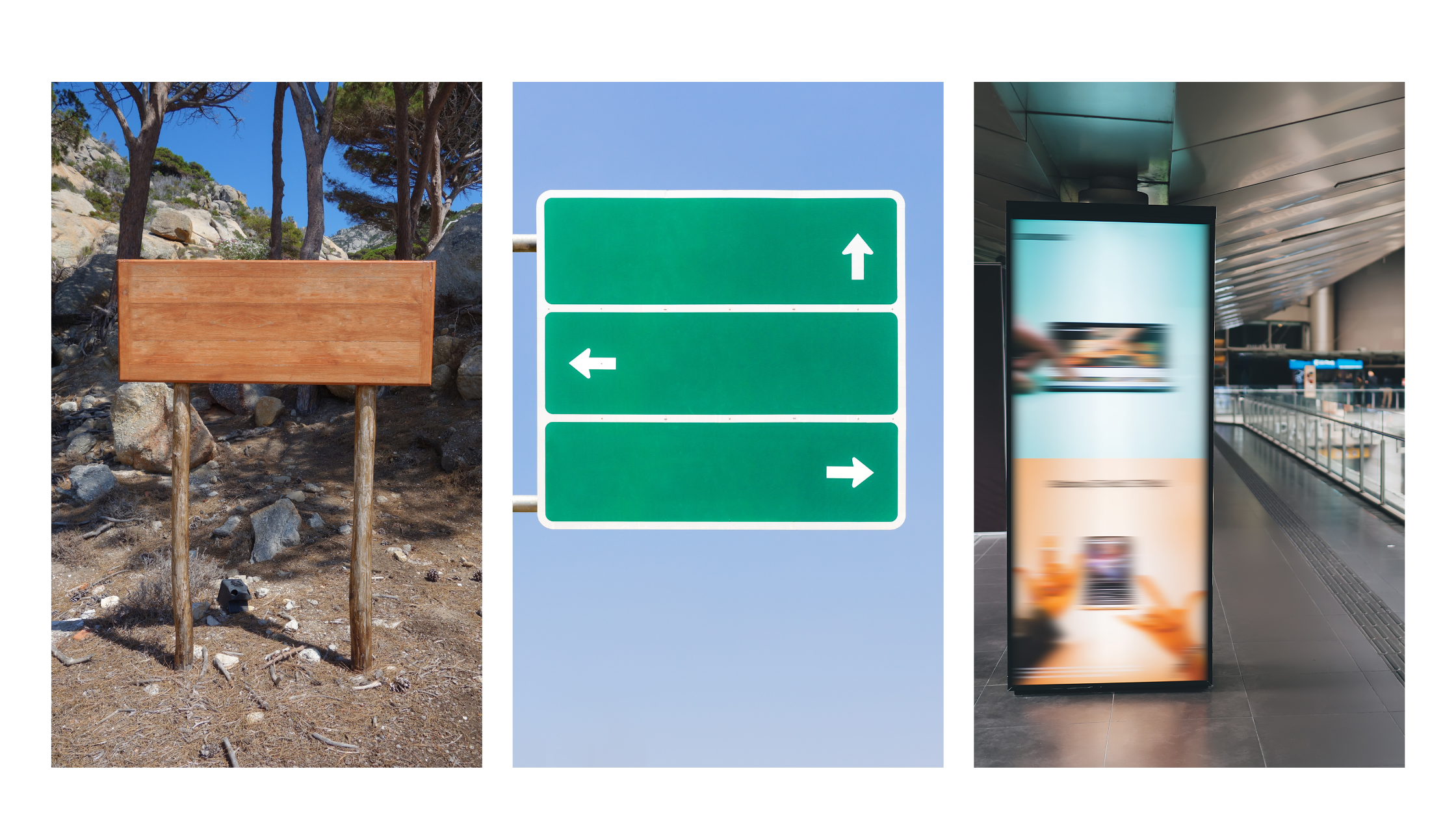Ewwww. Goo! You scrub and pick, but instead of getting rid of it, it seems to metastasize and spread from the surface to your fingers, and then over your hands. It refuses to yield to soap. It feels impossible to clean, and sometimes you just resign yourself to the awful marks that it makes which just get blacker and dirtier over time.
Goo is a catch-all term for sticky substances and the residue they leave. Gum, glue, adhesive, stickers, grease, chalk, caulk, markers, crayons, ink, scuff marks, dirt, wax, tar, snot, dust, lipstick, tree sap, wallpaper, bugs, labels, and bird droppings: they all leave us with goo.

To say goodbye to goo, there are a number of options you can try depending upon the affected surface. Rubbing alcohol, WD-40, nail polish remover, and white vinegar can work on tile and metal and walls and grout—but not on wood. Peanut butter and cooking oil can be used for wood as the oils break down the stickiness—but might not be so great on carpets. For glass objects, you can soak them in warm soapy water, for clothing, you can scrub with detergent and a toothbrush so that the abrasive forces get into the nooks and crannies to break the gunk apart. For wood or walls, you can heat the residue with a hair dryer or heat gun and then scrape it off with a putty knife.
One cleaner that is safe on hard surfaces as well as carpet and wood and works on all different kinds of goo is Goo Gone, a plant based citrus solvent that dissolves the electrostatic charges between the goo and the surface upon which you want it gone.
To make sure none of these solutions do damage, it’s always best to spot test them with a Q-tip somewhere unseen.
PopUP CleanUP has done pre and posst-event cleanup for branding activations that required removing adhesive material from windows and floors. Please make sure to request this service (similar to paint removal) when filling out your event questionnaire.



